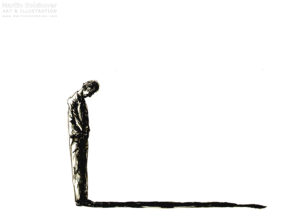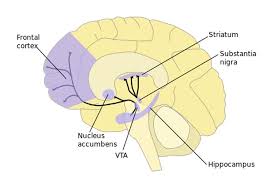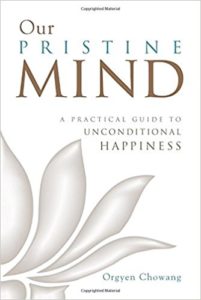In only a few days our ordinary, everyday normal has drastically changed, and we don’t know whether this is a long or short term situation. Regardless of how long this lasts, we are all challenged to adapt to these unexpected, unwanted circumstances.I want to share some thoughts with you. Years ago I lived in Manhattan. When my aging mom who lived in New Jersey was sick, she most often came to New York to be treated at New York University Hospital (a superb institution.) Rather than send her home upon discharge, she would come and stay with me in my apartment until we were sure she was stable enough to go home. Mom’s hearing wasn’t great and she wasn’t very mobile at the time, so she spent most of her time in the apartment with the television blaring. Honestly, it drove me crazy, but since it was time limited, I put up with it. Always relieved when she was well enough to head home.
Years later, I was still in Manhattan at the time of the terrorist attack on September 11, 2001. In the days afterwards, I noticed that every time I went to my office I tried to insert the key to my home apartment in the keyhole. It told me that something in me just wanted to be safely home. One of the other things I noticed was that I kept the television on day and night, often drifting off to sleep with CNN blaring. You know what insight I gained from that? I remembered my mom and gleaned this–the blaring television was a way of staying connected and dealing with anxiety.
Since then, I have learned that it isn’t the best strategy. In fact, the constancy of the television juices up anxiety, so there’s more need for quelling it. One of the most important things is to keep your anxiety in check. Increased anxiety is not good for your overall health, especially your immune system, so anything that brings it down–GO FOR IT! Remember anxiety is almost always focused on fear about the future. It ruins the present. Even under difficult circumstances, you can make the most of the present. Buddhist priest Pema Chodron teaches–in the present moment everything is as it should be. Believe her. I want to share with you some of the strategies I’ve learned, ones I’m trying to practice myself.
–Limit your exposure to televised news. Read the newspaper either on line or paper. If you tune in, limit the time.
–While sheltering in place, create projects. Clean a closet, organize your desk, sew on buttons, paint a room, get to a small repair job, knit, cook, get a head start on your taxes, organize your photos. Any project that has been waiting–now’s an opportunity to do it.
–Do something for other people. Start a group chat. Make a donation to charity. Foster a pet. Pay your helpers for the month. Send a care package to someone who needs it.
–If you don’t already have a meditation practice, begin one. There are lots of online apps. One of my favorites is through Deepak Chopra called Ananda. Headspace and Calm are both good also.
–For those of you who struggle with a formal meditation practice, try this. Lie down for a few minutes. Bring to mind a place you love. Imagine yourself there. Take 3 deep breaths. With each out breath say to yourself, “For this moment everything is as it should be.”
–Start a family group chat so you can meet online. We met one night “for drinks.” It was kind of crazy, but fun.
–Play with your pets. If you don’t have one, foster one. Connecting with animals lowers blood pressure and can you believe this? Those who sleep with dogs get better sleep!
–Teach Fido a new trick.
–Tap into your creative talents. Write a short story. Compose a piece of music or poem. Make a collage. Sketch your favorite landscape or design a new outfit.
–Write down your dreams and keep a journal of this time.
–Play family games. Do a jigsaw puzzle. Play pictionary or charades (if you need the rules, email me–katherineolivetti@gmail.com)
–If you have small children, take all the bedclothes and make a fort where you can read stories, eat cookies, and be safe together.
–Walk outdoors. Plant bulbs.
–Download pictures from art history . The Louvre is closed but is allowing its collection to be available online. Make your own anthology of the art you love. Beauty is a great healer.
–Music is a healer also. Make a special play list of music that raises your spirits.
You probably can think of other creative endeavors that you could deploy during this time. What is most important is to keep your spirit lively, continue moving forward in your life, seize this as an opportunity to do something you might not have done, cherish those you love and find a way to keep them close, and figure out a way to be of service to others. I’d love to hear how you’re doing. Sending love to you and yours.





















